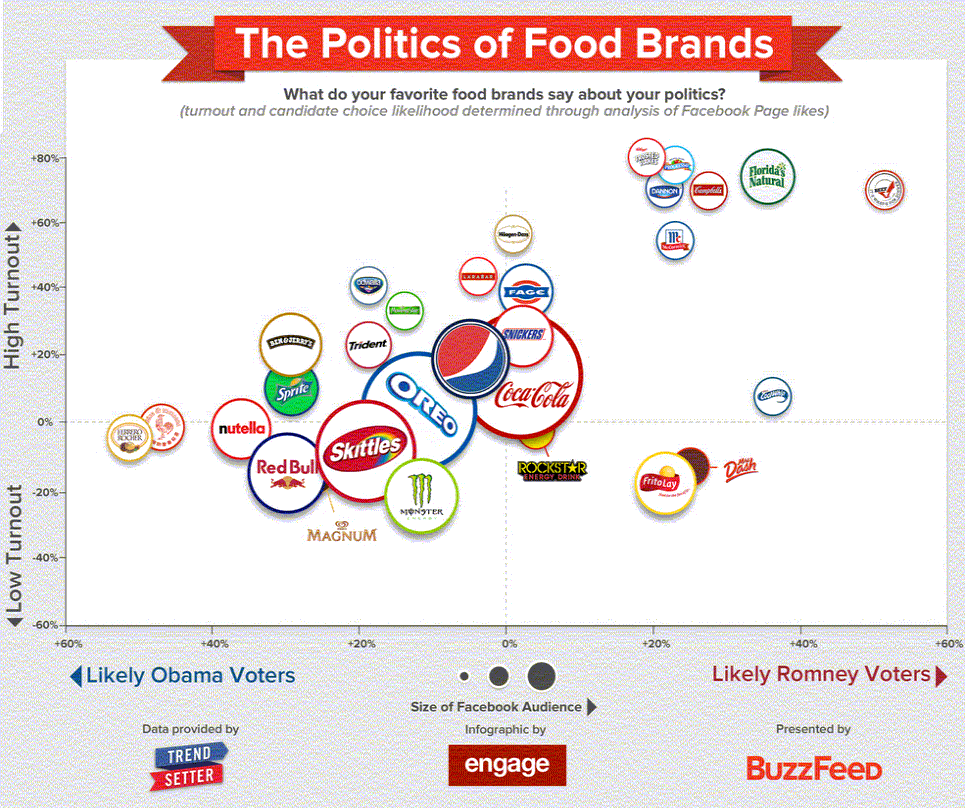At his NYT blog, Mark Bittman says that beneficiaries of SNAP (otherwise known as food stamps) shouldn't be allowed to pay for sodas. Here is Bittman:
What’s to be done? How to improve the quality of calories purchased by SNAP recipients? The answer is easy: Make sure that SNAP dollars are spent on nutritious food.
This could happen in two ways: first, remove the subsidy for sugar-sweetened beverages, since no one without a share in the profits can argue that the substance plays a constructive role in any diet. . . .
Simultaneously, make it easier to buy real food; several cities, including New York, have programs that double the value of food stamps when used for purchases at farmers markets. The next step is to similarly increase the spending power of food stamps when they’re used to buy fruits, vegetables, legumes and whole grains, not just in farmers markets but in supermarkets – indeed, everywhere people buy food.
On one level, I'm sympathetic to Bittman's argument. Why should my tax dollars be used to subsidize bad behavior? But, if we are going to accept that argument, where do we stop? As a professor, I indirectly get a paycheck from the State of Oklahoma. What is to stop someone like Bittman one day proposing that the federal or state government dictating where and how I can spend the portion of my paycheck that comes from taxpayers?
Aside from this "slippery slope" argument, it is useful to consider the broader debate in economics on whether foods stamps, in general, cause obesity. Unless a person (before receiving food stamps) is constrained in the food they buy, a standard economic model suggests that food stamps simply act as an income transfer. Stated differently, under the aforementioned situation, a person shouldn't treat food stamps any differently than a monthly cash gift. There are lots of empirical papers studying whether this true and the evidence is a bit mixed but I think its safe to say that a big part of the effect of food stamps (if not the total effect) is simply an income effect.
This is useful to consider this perspective because - if we are going to give food stamps out of some feeling of charity or benevolence - we have to realize that restricting their use may not have the intended effect. Money is fungible. If you can't use food stamps to buy sodas, you'll use them to buy more of something else - freeing up money to buy soda.
I also think it isn't particularly helpful to claim that food stamps are "subsidizing" obesity simply because sodas can be bought directly with food-stamp dollars. Food stamp recipients are choosing to use their dollars (and food stamp coupons/debit cards) to buy sodas. Food stamps are only "subsidizing" obesity to the extent that extra income is subsidizing obesity. It isn't food stamps per se that are causing soda consumption - it is people's preferences for sodas that are leading to soda consumption.





